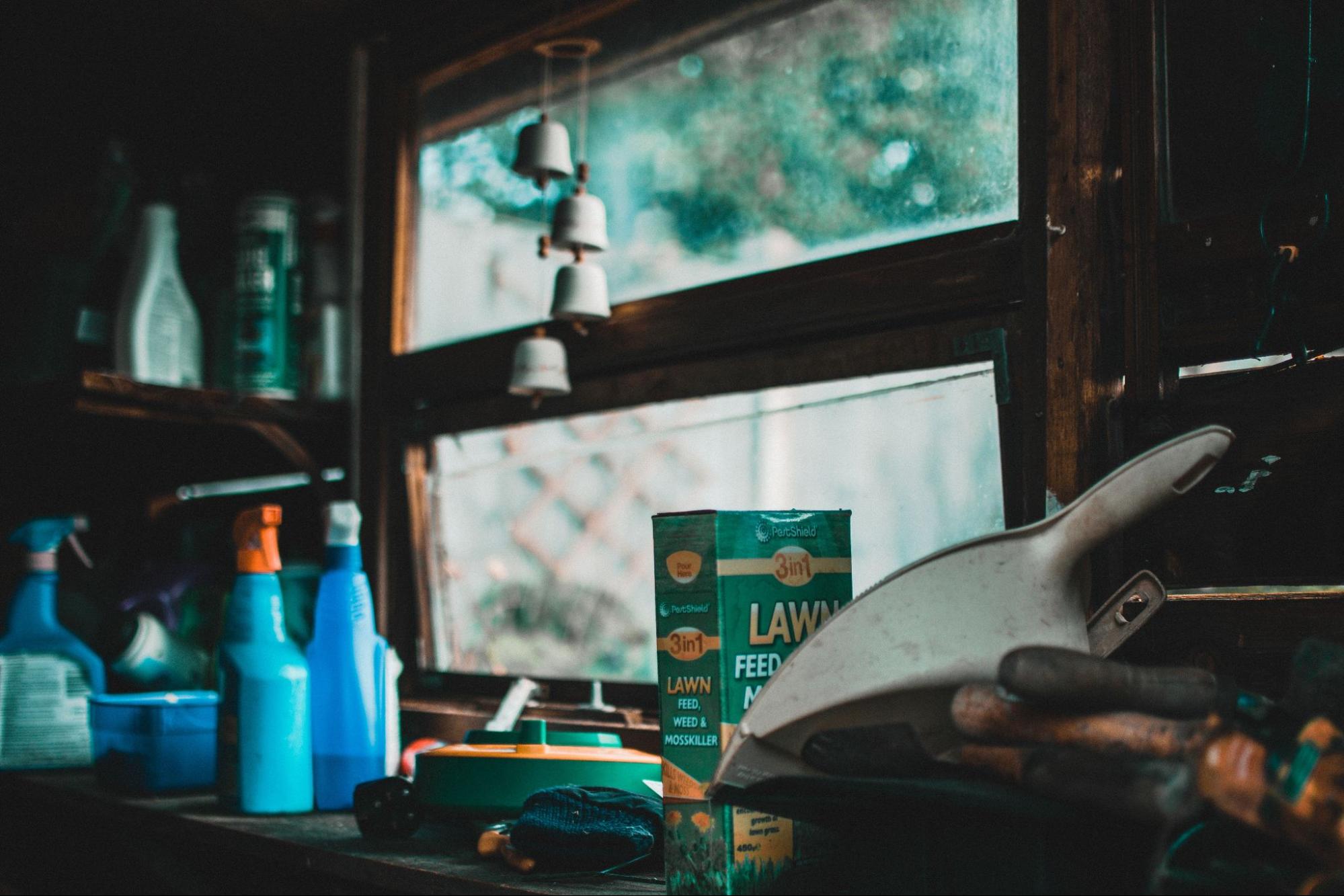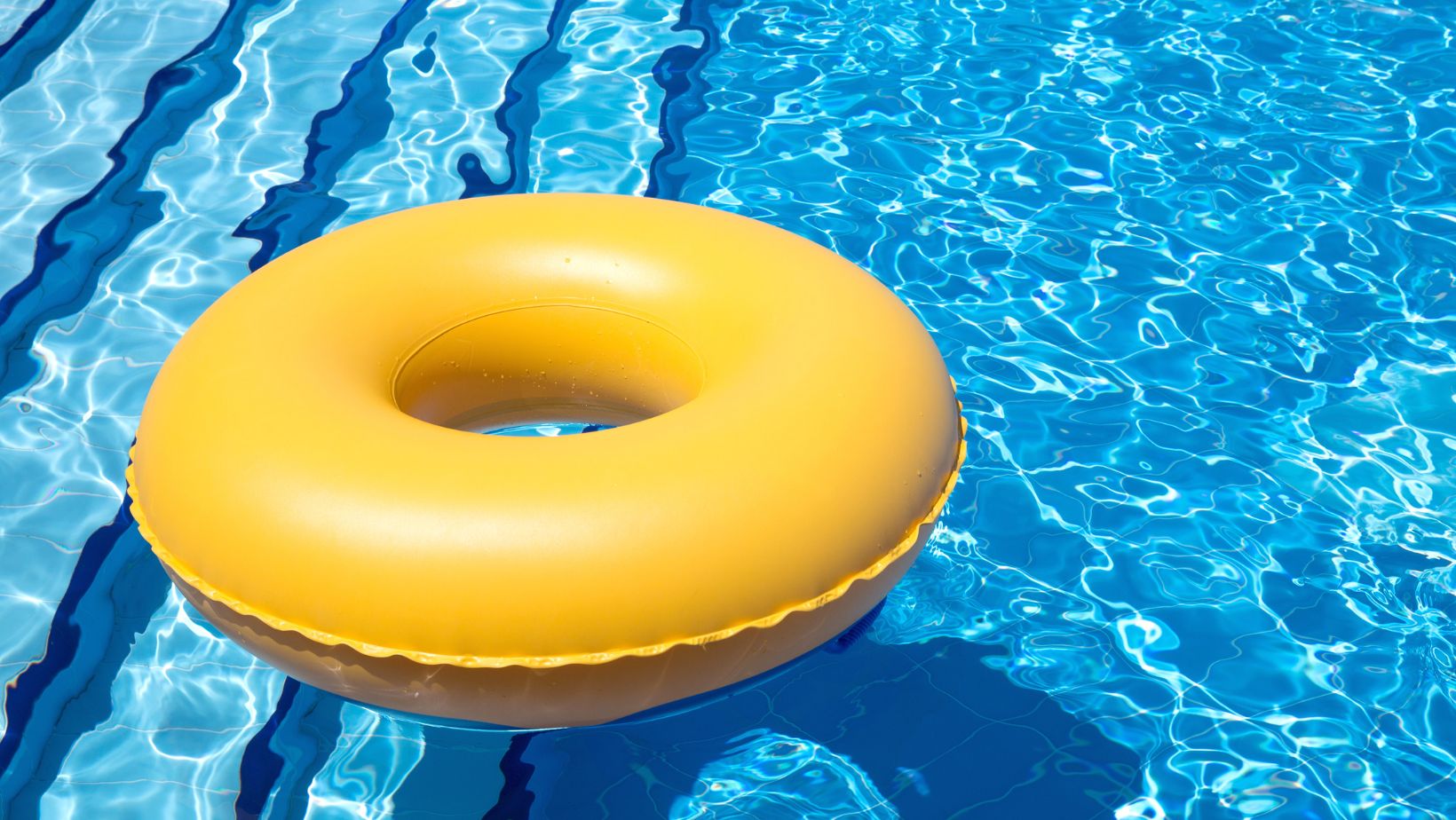Table of Contents
ToggleRollers for Garage Doors and Hinge
Your garage door isn’t something you typically worry about – until it stops working, that is. Suddenly, you’re faced with the daunting task of troubleshooting your door’s rollers and hinges. If this sounds like your current situation, don’t fret! I’m here to share some essential troubleshooting tips for rollers for garage doors and hinges.
Firstly, let’s talk about why it’s crucial to address these issues promptly. Your garage door’s operation relies heavily on its rollers and hinges. They ensure smooth movement every time you open or close the door. When they start acting up, it can lead to further damage or even injury if not resolved swiftly.
Now that we’ve established the importance of keeping our garage door components in check, I’ll guide you through some helpful strategies to troubleshoot these problems efficiently. We’ll go over common issues with your garage door rollers and hinges and how to fix them without calling a professional—unless absolutely necessary.
Understanding the Basics of Garage Door Rollers and Hinges
Garage door rollers and hinges play a pivotal role in the smooth operation of your garage door system. They’re the unsung heroes, quietly doing their job every time you open or close that heavy garage door. To put it simply, without these two components, your garage door won’t budge an inch.
Rollers are small wheels that run along the metal tracks on either side of your garage doorway. When everything’s working smoothly, they allow your garage door to glide up and down with minimal effort. However, just like any mechanical component, they can wear out over time. This is where troubleshooting comes into play.
On the other hand, hinges link each section of roll-up doors together. They allow each segment to flex as the door opens or closes while maintaining alignment and preventing damage due to misalignment. Just like rollers though, hinges can suffer from wear and tear too.
Now let’s delve deep into troubleshooting tips for these vital elements in a moment’s notice:
- Regular visual inspection: Look for signs of wear such as cracks or chips on both rollers and hinges.
- Lubrication: A little bit of lubricant goes a long way in ensuring smooth operation.
- Replacement: If you find severely damaged components during your inspection, it may be best to replace them immediately rather than trying to repair them.
Remember that prevention is better than cure! Regular maintenance can help avoid most issues before they turn into costly repairs or replacements.
Common Issues with Garage Door Rollers and Hinges
Let’s dive right into the heart of some common issues that plague garage door rollers and hinges. One of the most frequent problems I’ve seen is worn-out rollers. Over time, these little guys can take quite a beating, leading to poor performance or even total failure. If you’re noticing your garage door isn’t opening as smoothly as it used to, worn-out rollers could be the culprit.
Then there’s the issue of rusted hinges. This problem can sneak up on you if you’re not regularly inspecting your garage door system. Rusted hinges aren’t just an eyesore; they can seriously compromise the integrity of your whole setup, causing more than just a minor inconvenience if left unaddressed.
Another issue I’ve come across often in my years of experience is misaligned tracks for your roller doors. Believe me when I say this one’s a doozy! A misaligned track means your garage door won’t roll properly – if at all.
Now here’s something that might surprise you: dirty roller tracks are also a big no-no when it comes to maintaining performance! Dirt and grime may seem like small potatoes, but they can build up over time and cause real issues for your rollers’ ability to glide smoothly.
And lastly, let’s talk about broken springs affecting hinge operation. When those springs go kaput, they bring down the functionality of your whole system with them – hinges included!
So there we have it – from worn-out rollers to misaligned tracks and everything in between – these are some common issues that could be messing with your garage doors’ optimal functioning. But don’t worry – armed with these troubleshooting tips for rollers for garage doors and hinge-related problems, you’ll be well-equipped to tackle any curveballs thrown by these tricky components.

Essential Tools for Troubleshooting Garage Doors
When it comes to troubleshooting your garage door’s rollers and hinges, there are a few key tools I can’t live without. These go-to items make the task much simpler, and I’m here to share them with you.
First things first, you’ll want a good set of screwdrivers. You’ll be dealing with various types of screws while working on your garage door, so having both Phillips-head and flathead screwdrivers is essential. A wrench set is also crucial; adjusting nuts and bolts will be a breeze with this in your toolkit.
Now let’s talk about pliers – they’re indispensable when it comes to manipulating small parts or removing pins. And don’t forget about the trusty tape measure! It’s vital for ensuring accurate alignment of tracks or measuring replacement parts.





